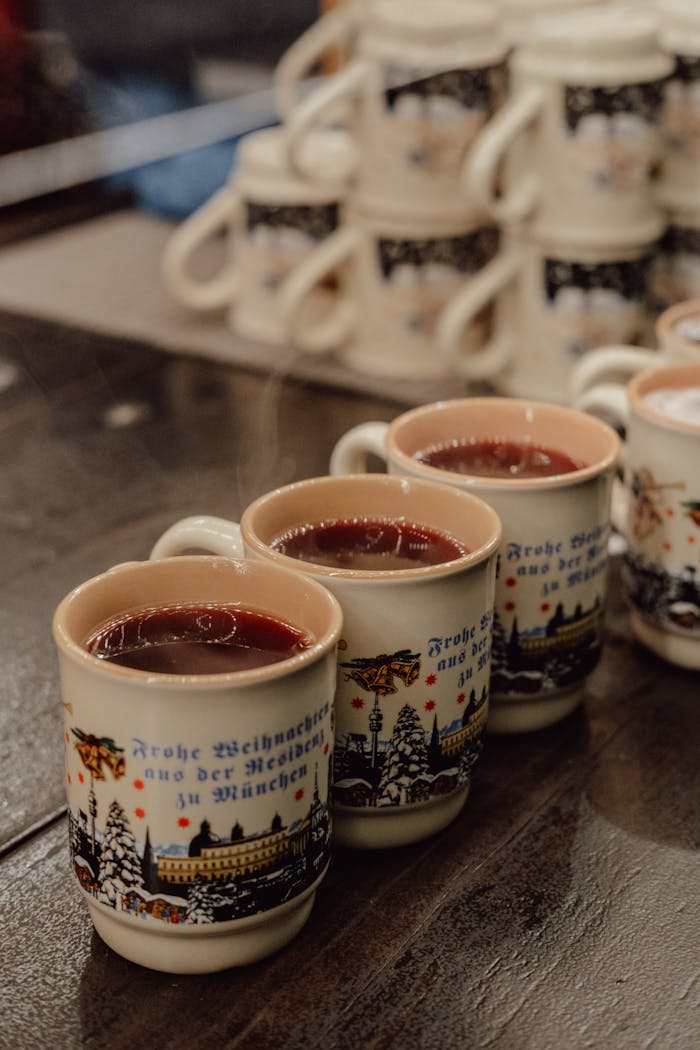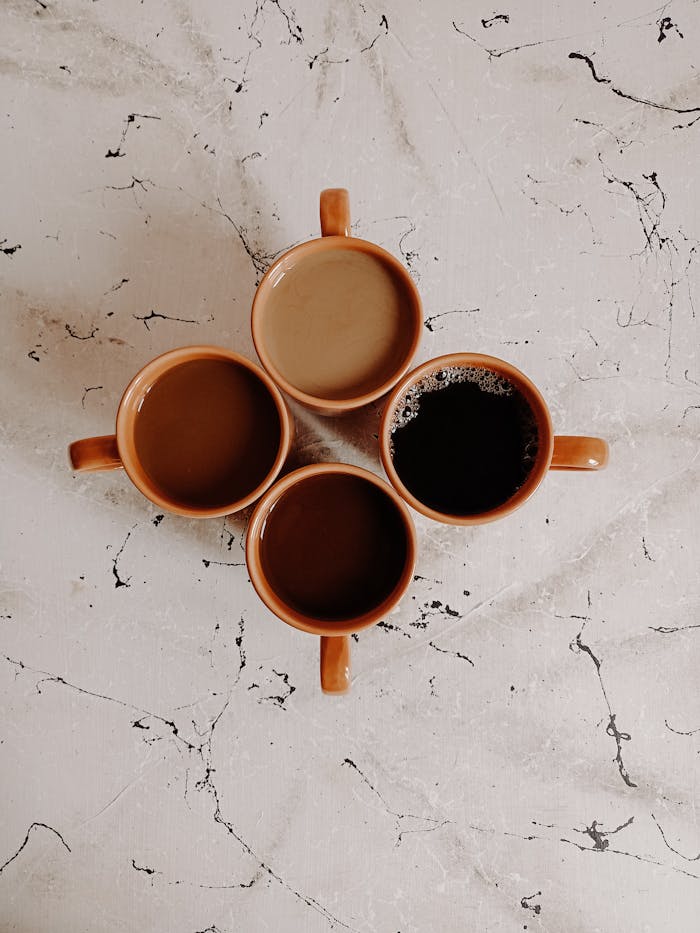Ceramic cups have been a cornerstone of human civilization for thousands of years, evolving from rudimentary clay vessels to the refined, artistic creations we use today. Their story is one of innovation, culture, and connection—a testament to how something as simple as a drinking vessel can hold profound significance across time and place.
Ancient Beginnings
The history of ceramic cups dates back to the Neolithic era, around 10,000 BCE, when early humans discovered that clay, when shaped and fired, could create durable containers. These first cups were basic—hand-molded and uneven—but they marked a revolutionary step in food and drink storage. Archaeological finds from ancient China, Mesopotamia, and the Mediterranean reveal how ceramics quickly became essential, with evidence of cups used for everything from water to fermented beverages.
By 2000 BCE, pottery techniques had advanced significantly. In China, the development of high-fired ceramics laid the groundwork for porcelain, while in Greece, artisans crafted intricately painted cups like the kylix, a wide, shallow drinking vessel used in social rituals. These early ceramic cups weren’t just utilitarian—they were symbols of status, creativity, and community.
Cultural Significance
Across cultures, ceramic cups have carried deep meaning. In Japan, the tea ceremony elevated the humble ceramic teacup into an object of reverence, where imperfections in handmade chawan (tea bowls) are celebrated as part of wabi-sabi philosophy. In Europe, the rise of porcelain in the 18th century—often called “white gold”—turned ceramic cups into luxury items coveted by royalty and the elite. Even in everyday life, the act of sharing a drink from a ceramic cup has long been a gesture of hospitality and connection.
The Industrial Revolution brought mass production, making ceramic cups accessible to the masses. Yet, even as factories churned out affordable mugs, artisans continued to create handcrafted pieces, preserving the craft’s artistic roots. Today, ceramic cups bridge this divide—available in both mass-market and bespoke forms, they remain a staple in homes worldwide.
A Modern Legacy
What makes ceramic cups enduring is their versatility. They’re heat-resistant, non-reactive, and capable of holding both hot and cold liquids without imparting flavors—qualities that plastic or metal alternatives often lack. Their tactile appeal, from the cool smoothness of glazed surfaces to the earthy texture of unglazed rims, adds a sensory dimension to drinking that modern materials struggle to replicate. In an age of sustainability, ceramic cups also stand out as reusable, durable options that reduce reliance on single-use plastics.
The journey of ceramic cups is far from over. As contemporary designers experiment with bold shapes, vibrant glazes, and eco-conscious production methods, these timeless objects continue to evolve, proving that even the simplest tools can carry a rich and lasting legacy.


